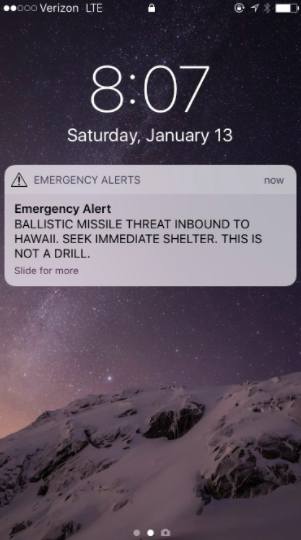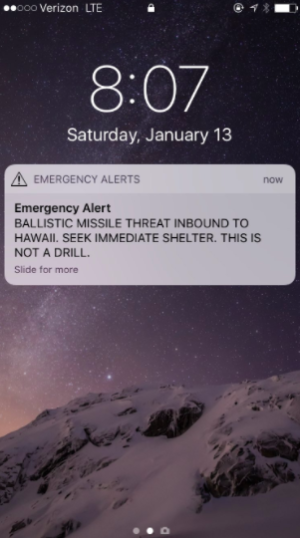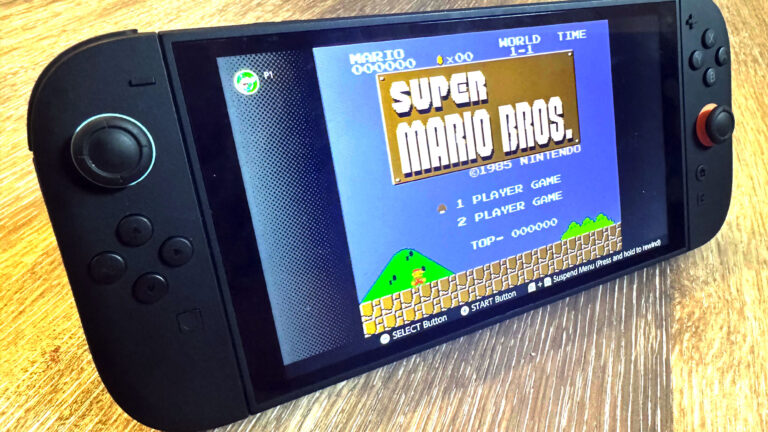
On Saturday, January 13, the people of Hawaii received a terrifying message on their phones, repeated on television and radio stations, which had received a similar alert: “BALLISTIC MISSILE THREAT INBOUND TO HAWAII. SEEK IMMEDIATE SHELTER. THIS IS NOT A DRILL.”
But actually, it was something of a drill, in that the Hawaii Emergency Management Agency (HI-EMA) was running a routine test at the end of a shift and accidentally sent the message state-wide.
Unfortunately, it took 38 minutes for the agency to correct the alert with a second alert. Although state leaders quickly tweeted out corrections, Hawaii citizens who were waiting for an all-clear from the same outlet spent more than half an hour in suspense.
What happened?
In a press conference on Saturday after the incident, Hawaii Governor David Ige said that "human error" had caused the false alarm.
"We are working to evaluate everything in the sequence of today’s activities, so a single person will not be able to make an error that triggers another false alarm," Ige said.
Vern Miyagi, Hawaii's Emergency Management Agency Administrator, also took the podium at the press conference to apologize.
"We spent the last few months trying to get ahead of this whole threat so that we could provide as much notification and preparation time to the public," Miyagi said. "...I accept responsibility for this, this is my team, we made a mistake."
Miyagi added that the message was sent in error when an employee accidentally designated that the message was supposed to be an "event" rather than a "test" in the software that sent notifications. The notification was sent via Wireless Emergency Alert to cellphone users, as well as to television and radio broadcast channels. HI-EMA did not have an automated way to send a cancellation of an "event" message, so it had to issue one manually, Governor Ige said in the press conference, which caused a delay in correcting the notification.


 Loading comments...
Loading comments...
